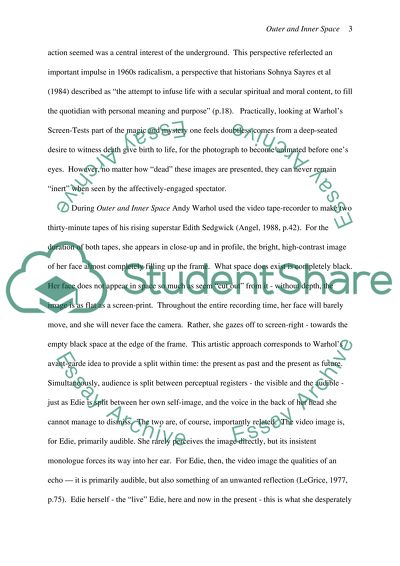Cite this document
(“Andy Warhols Outer and Inner Space Essay Example | Topics and Well Written Essays - 1750 words”, n.d.)
Retrieved from https://studentshare.org/visual-arts-film-studies/1525746-andy-warhols-outer-and-inner-space
Retrieved from https://studentshare.org/visual-arts-film-studies/1525746-andy-warhols-outer-and-inner-space
(Andy Warhols Outer and Inner Space Essay Example | Topics and Well Written Essays - 1750 Words)
https://studentshare.org/visual-arts-film-studies/1525746-andy-warhols-outer-and-inner-space.
https://studentshare.org/visual-arts-film-studies/1525746-andy-warhols-outer-and-inner-space.
“Andy Warhols Outer and Inner Space Essay Example | Topics and Well Written Essays - 1750 Words”, n.d. https://studentshare.org/visual-arts-film-studies/1525746-andy-warhols-outer-and-inner-space.


